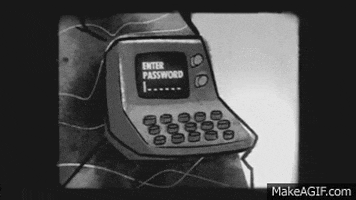Good post.This is a topic that I've got a little internal struggle with.
I've never really used compressors on any of my patches, and kinda considered them "cheating". I know - this sounds superbly idiotic, but we all have our weird paradigms
I've been hesitant to use them, so I wouldn't grow to rely on them. So that my skills would be "pure". Let me explain; I used to play a Line 6 Spider III before I got the Axe FX II back in 2013. When I started to use the Axe 2, my playing sounded much worse than it did through the Spider. The Spider was one of the most forgiving amps because it compressed the shit out the signal and made riffing easy. I got a real kick in my ass when I started to mess with much lower gain realistic amp models with the Axe 2, and it revealed to me just how much I sucked.
Now fast forward 10 years, I've transformed myself as a player, and can play much better. But a lot of times I might find myself fighting the amp a bit, when such struggle would not be needed if there was a compressor. I fell in love with an Andy Timmons patch, and I figured out it was because of the compressor in the chain. It just feels effortless and lovely to play!
I guess I'm not getting anywhere logical with this - I just needed some people to echo these thoughts with
Do you use a compressor always or just sometimes? Do you have any "rules" or recommendations on how to implement them? I've seriously almost never used them, but now starting to think it might be a good idea.
I went from a kemper where id often use a noise gate and compressor (mainly for cleans and leads) to the afx 2 mk 2 and my playing was instantly dog shit. The tones out of the ax2 felt alot more lo fi but more amp like than the kemper so probably more realistic.
I moved to the 3 which i find to have all the good bits of the kemper and the 2 and my playing adjusted. I dont currently use a compressor on the 3 because i cant work out all the different types lol


